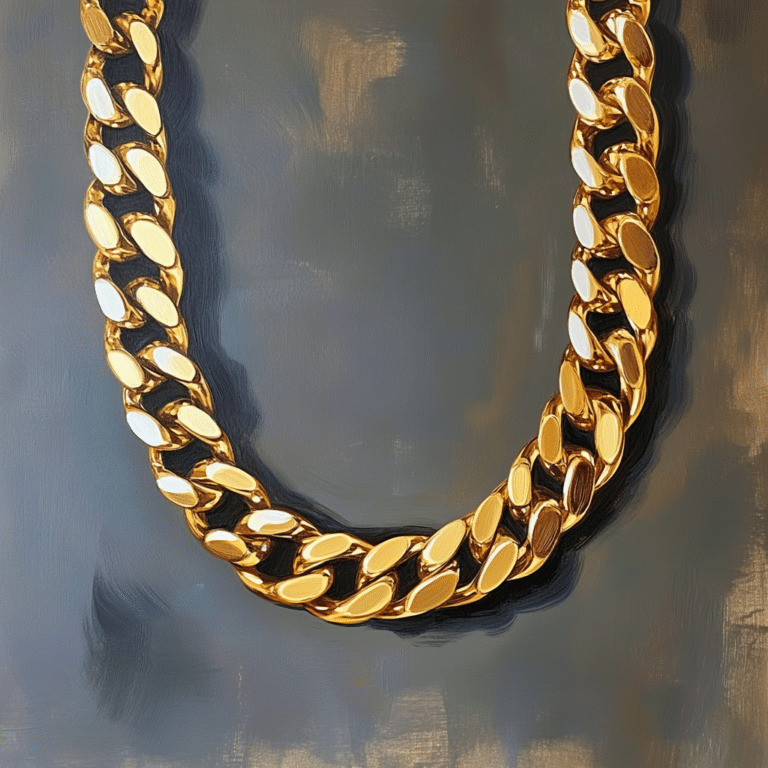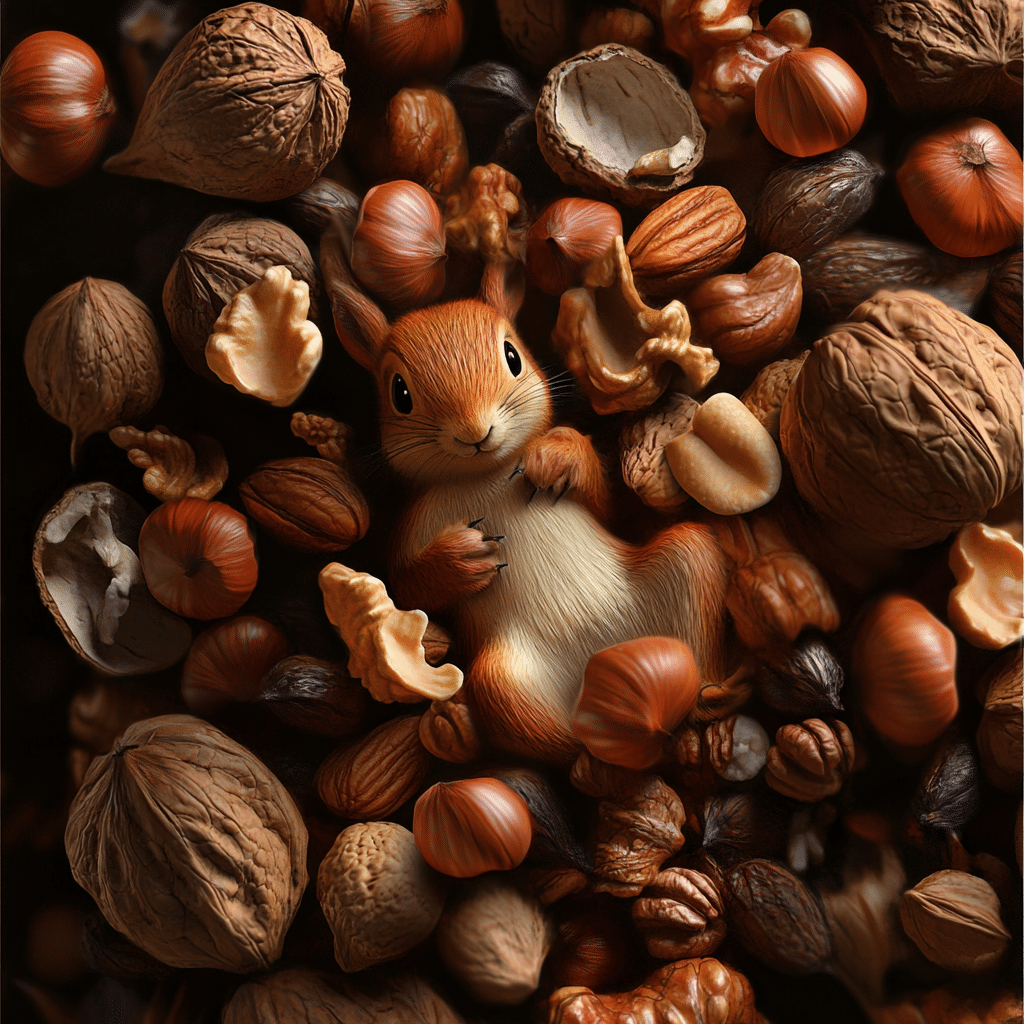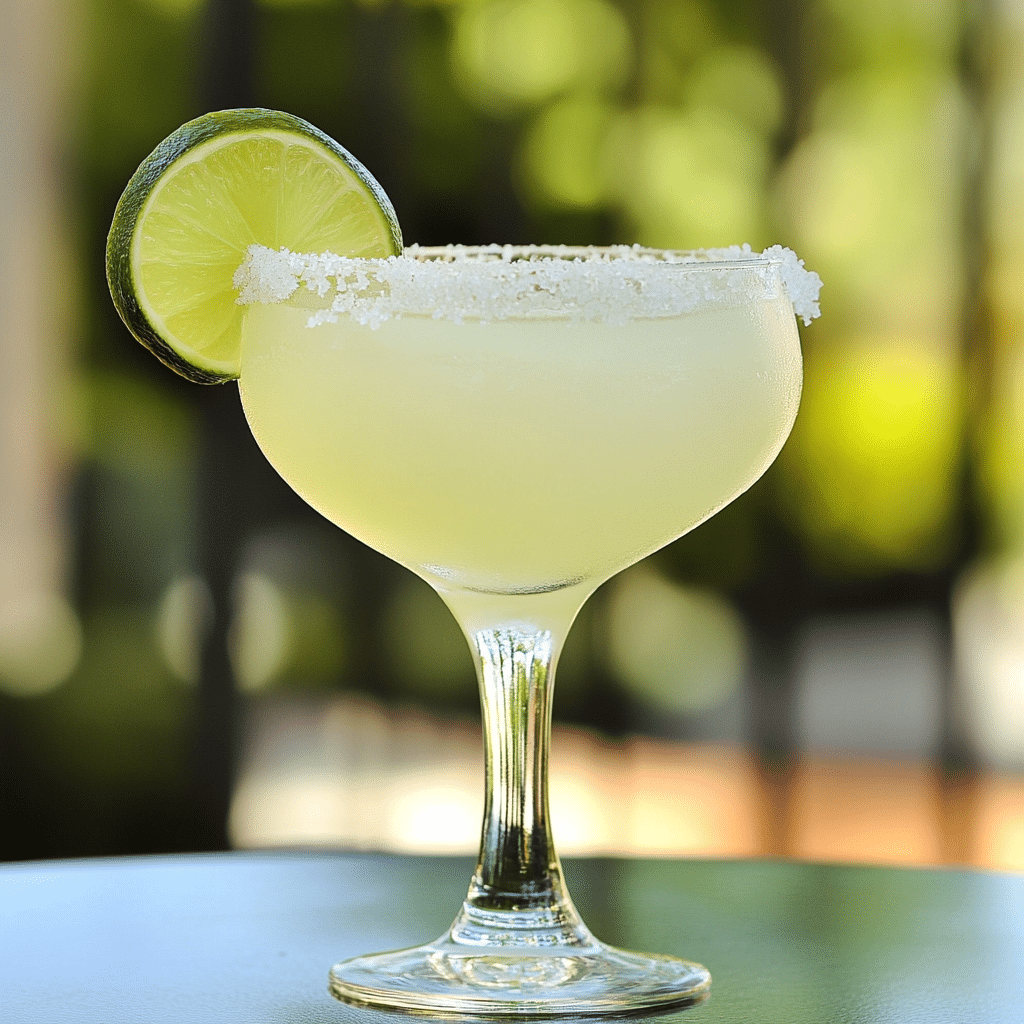Sweet wine has a charm like no other. Its ability to blend nostalgia, comfort, and vibrant flavors creates a drinking experience that resonates with our senses. From the magnetic allure of Moscato to the decadent richness of Sauternes, sweet wine is all about reveling in lush sensations. This enchanting category caters to a variety of palates across cultures and regions, offering as many choices as a designer’s runway at Paris Fashion Week. Let’s explore the exciting world of sweet wine, where each sip invites you on an exploration of fruity delights perfect for any occasion.
1. The Allure of Sweet Wine: An Overview
Sweet wines have been enchanting aficionados for centuries. Characterized by high levels of residual sugar, these wines are often crafted from grapes that demonstrate exquisitely fruity, floral aromas—think of the fragrant bouquet of Moscato or the complex layers of Tokaji Aszú. It’s this sweetness that strikes a chord with lovers of dessert wines, making them ideal partners for countless cuisines and celebratory moments.
The sweet wine landscape is vast, drawing attention from novice drinkers and certified sommeliers alike. Across the globe, every region has its take on sweetness. For example, in Germany, late harvest Riesling showcases intense honey notes, while in Italy, Recioto della Valpolicella charms with its luscious, velvety texture. Cultural influences are the secret ingredients making sweet wines both accessible and elevating, bringing joy to the table while also sparking the imagination.
Factors such as grape variety, climate, and production techniques contribute significantly to each wine’s personality. Techniques like stopping fermentation to retain sugar or employing noble rot (“botrytis”) work together to create standout wines. Interested in sweet wine? Buckle up, because there’s so much more to discover.

2. Top 7 Sweet Wines to Try in 2024
As the sweet wine trend gains momentum, here are seven standout choices that epitomize the vibrant world of fruity delights.
2.1. Moscato d’Asti (Italy)
Moscato d’Asti is a sweet, sparkling delight that captures the essence of sunny Italian afternoons. With floral notes and subtle peach undertones, it’s like sipping a warm hug. Thanks to its lower alcohol content, it seamlessly pairs with lighter desserts or even a playful slice of birthday cake. Imagine indulging in a sweet melody of flavors that dance on your palate, elevating your festive moments.
2.2. Tokaji Aszú (Hungary)
Renowned as one of the oldest sweet wines, Tokaji Aszú weaves together complexity and finesse like no other. The enchanting combination of apricot and honey notes, thanks to the noble rot that infects the grapes, makes it a match made in heaven for rich dishes like foie gras or aged cheeses. It’s the sort of wine that deserves to be savored while sharing laughter and stories with friends.
2.3. Sauternes (France)
If luxury had a taste, it would be Sauternes. Hailing from Bordeaux, this sweet wine crafted from Semillon, Sauvignon Blanc, and Muscadelle grapes is an exquisite treat with notes of tropical fruit, caramel, and spice. Available in small bottles, Sauternes pairs wonderfully with blue cheese or rich desserts, transforming any dinner party into a grand affair.
2.4. Recioto della Valpolicella (Italy)
Radiating warmth and intensity, Recioto della Valpolicella is a sweet red wine made from dried grapes. Bursting with dark fruit flavors and a velvety texture, it’s perfect after a hearty meal. Picture this: a decadent chocolate dessert or savory game meats paired with this divine wine, making your evening truly unforgettable.
2.5. Ice Wine (Canada)
An icy masterpiece, Ice Wine is produced from grapes harvested at frozen temperatures, resulting in syrupy richness and vibrant acidity. Its bold berry flavors and gorgeous floral notes make it an ideal choice as a dessert companion or eye-catching aperitif. Raise a glass to chilled adventures with this delightful sweet wine.
2.6. Late Harvest Riesling (Germany)
Showcasing the beauty of sweetness, Late Harvest Rieslings are a journey through intense fruit expression. With captivating honey and citrus notes, these wines beautifully complement spicy Asian cuisine or rich pastries. Just a sip of this divine elixir delivers a burst of joy that keeps you coming back for more!
2.7. Pedro Ximénez (Spain)
This luxurious Spanish fortified sweet wine, Pedro Ximénez, is a feast for the senses, known for its dark, syrupy consistency and indulgent flavors of figs, raisins, and caramel. Drizzle it over desserts for a glorious touch or savor it with rich cheeses. It’s the kind of wine that envelops you in its warmth, making every moment feel special.
3. The Science Behind Sweet Wines: Fermentation and Aging
Producing sweet wine is a captivating blend of art and science. The fermentation process is pivotal, with winemakers employing techniques to preserve unfermented sugars. This often involves chilling the wine or adding alcohol, crafting an enchanting flavor profile.
Aging also plays a crucial part in the identity of sweet wines. Barrel aging infuses them with glorious complexity, enriching their taste while oxidative aging introduces unique characteristics. It’s fascinating how these techniques create distinct expressions, revealing endless nuances.
Rounding out these processes are fermentation innovations that keep the sweet wine tradition fresh and forward-looking. Understanding what goes into crafting these gems enhances appreciation and appreciation for each sweet wine adventure.

4. Food Pairing with Sweet Wines: Elevating Culinary Experiences
Pairing sweet wine with dishes can elevate any dining experience — think sweet, spicy, and savory bonuses that dance harmoniously. Traditional pairings showcase how these wines can infuse exciting flavors into diverse cuisines. For instance, the flirtatious sweetness of Moscato pairs perfectly with tangy Asian bites, while Sauternes and decadent cheeses are a match made in heaven.
Innovative pairing experiments can breathe new life into mealtime favorites. Picture a summer salad kissed by the nectar of Ice Wine or Late Harvest Riesling dancing with chocolate pastries. Venture beyond the obvious—bring creativity to the table and enjoy sweet wines with a range of dishes to surprise and delight your guests.
Unlock the potential of your wine-and-food pairings through thoughtful exploration. Consider the flavors you want to highlight, and remember: it’s all about creating memorable experiences!
5. The Global Sweet Wine Market: Trends and Innovations
The sweet wine market is buzzing with innovation and evolution. Organic and biodynamic practices are shifting the way producers cultivate their grapes. This commitment to sustainable methods means that wine lovers can sip their favorites with a conscience and support eco-friendly practices.
Emerging producers from regions like China and South America are beginning to make waves. With new grape varieties and bold fermentation methods, they’re contributing fresh ideas to the sweet wine menu. As the landscape transforms, enthusiasts can discover an expanded collection of sweet wines to satisfy every discerning palate.
Let’s not forget about the influence of social media and digital marketing. Today’s consumers are eager for breweries that resonate with their values, as chocolate makers and winemakers form a creative landscape rooted in collaboration and passion. It’s an exciting time for sweet wine lovers to explore new finds that align with their lifestyle.
6. Crafting Your Sweet Wine Journey: Tips for Enthusiasts
For those eager to dive into the delightful world of sweet wine, here are a few tips to guide you on your flavorful journey. First up, pay attention to wine temperature—chilling sweet wines often enhances their delightful characteristics. Decanting can also air out flavors and create optimal tasting conditions.
When it comes to storage practices, store your sweet wines upright and at a consistent temperature. Consider exploring local tasting events or sweet wine-focused festivals to enhance your experience. Experiencing the sweet wine landscape alongside enthusiasts will cultivate your appreciation and knowledge.
Don’t hesitate to experiment! There’s so much joy in tasting and pairing. Whether you’re sharing a glass of effervescent Moscato with friends or indulging in a reserved bottle of Sauternes at dinner, each adventure offers a chance to enrich your palate and expand your horizons.
Wrap-Up: Embracing the Richness of Sweet Wine
Sweet wines offer us a lavish tapestry of flavors that touch both palate and soul. Whether you’re sipping the ethereal charm of Moscato d’Asti or exploring the depths of Pedro Ximénez, there’s a world of sweet wine experiences waiting for you. So, as you embark on new adventures in 2024, savor every sip of sweet wine, celebrating its diversity and the stories hiding in each bottle.
If you ask us, there’s no better time than now to toast to the sweet life! Cheers to fruity delights, culinary pairings, and unique memories that sweet wines create.
Sweet Wine: A Journey Through Fruity Delights
The Delightful Origins of Sweet Wine
Did you know that sweet wine has been enjoyed for thousands of years? Ancient civilizations revered it, often pairing it with lavish feasts. Some of the earliest evidence of sweet wine production comes from the Middle East. This fruity delight has made its way through history, glowing in the tales just as magnificently as the scream Movies in order showcase fear across generations. The allure of sweet wine continues to captivate enthusiasts today, blending the flavors of fruits like peaches, apricots, or even berries into every sip. Speaking of delights, can you imagine strutting around in designer Heels while enjoying a glass? Now that’s living the good life.
Types of Sweet Wine You’ll Love
When talking about sweet wine, it’s key to note the various types you can find. From luscious dessert wines to fruity faros, there’s a little something for everyone. Sweet wines come in several styles, including late-harvest, ice wines, and fortified wines, which are often richer in taste. If you’ve ever wondered about the sweet honeyed flavor of these delights, it’s like sipping on liquid gold—akin to the enchanting charm of Diptyque perfume wafting through a room. Are you a fan of dramatic twists and turns, like in the Aston Villa Vs Arsenal timeline? Well, exploring sweet wines certainly provides ample surprises as you uncover delightful flavors with each unique bottle.
Sweet Wine Around the World
Sweet wine isn’t just enjoyed locally; it’s a treasure enjoyed globally. Countries like Portugal, Italy, and Germany are famous for their sweet wine selections. For instance, the luscious Port from Portugal is a favorite for many sweet wine aficionados. And let’s not forget the famous Sauternes from France, which harvests grapes affected by noble rot, creating an enchanting flavor profile. Similar to how characters like Angelica Schuyler bring a unique flair to stories, so do these wines in the culinary world. Plus, their versatility pairs brilliantly with various dishes—think about enjoying a chilled glass alongside cheese or a decadent dessert.
So, whether you’re keen on trying sweet wine during your next gathering or pondering over celebrity gossip, like the latest on Emma Watson Leaked pics, always remember that sweet wine is more than just a drink. It’s a delightful journey that tantalizes your taste buds and creates unforgettable experiences. So pop open a bottle, and let the fruity adventure begin! Cheers!

Which wine is sweet?
Sweet wines include options like Moscato, Riesling, Chenin Blanc, and some red varieties like Late Harvest Zinfandel and Port. They’re known for their fruity, floral aromas and overall deliciousness, making them quite popular.
What is a sweet wine?
A sweet wine is any wine that retains a higher level of residual sugar from the winemaking process. This includes not just fruity whites but also dessert wines and fortified wines like Madeira and Port.
What is the most popular dessert wine?
Moscato d’Asti is one of the most popular dessert wines, loved for its bubbly sweetness that pairs beautifully with cakes and other sweet treats. It’s a go-to for many celebrations!
Is Moscato a sweet wine?
Yes, Moscato is considered a sweet wine. It’s lower in acidity and has a nice hint of sweetness due to its higher residual sugar content, making it a favorite among sweet wine lovers.
Is pinot grigio a sweet wine?
Pinot Grigio is generally not considered sweet. It’s typically a dry white wine, with flavors leaning more toward crisp and fresh rather than fruity and sweet like Moscato.
Is Riesling or Moscato sweeter?
Riesling can be sweeter than Moscato, but this really depends on how each wine is made. Some Rieslings are quite sweet, while others can be off-dry or even dry.
How do you pick a sweet wine?
To pick a sweet wine, you can look for descriptions that mention sweetness or residual sugar levels, ask for recommendations at your local wine shop, or sample a few to find what you like best.
Is chardonnay a sweet wine?
Chardonnay is usually a dry wine, though there are some sweeter styles available. Most Chardonnays have a creamy texture and fruit flavors without much sweetness.
Is pinot noir a sweet wine?
Pinot Noir is not typically sweet; it’s usually on the lighter and drier side of red wines. It can have fruity notes, but sweetness is not its hallmark.
What is a sweet wine that is not Moscato?
Sweet white wines include varieties like Moscato, Riesling, and Gewürztraminer. These wines often have rich fruity flavors and are loved for their sweet taste.
What is a sweet white wine?
Stella Rosa is usually categorized as a semi-sweet wine, often enjoyed with desserts but not classified strictly as a dessert wine. Its flavor is sweet, making it a popular choice.
Is Stella Rosa a dessert wine?
The sweetest wine can vary by personal taste, but dessert wines like some late harvest varieties or particularly rich dessert wines like Icewine tend to be among the sweetest you’ll find.
What is the sweetest wine?
Zinfandel can be sweet, especially late-harvest styles or certain fruity blends. Generally, there are sweeter Zinfandels available, but many are dry or just off-dry.
Is a zinfandel sweet?
Moscato is often cheaper because it’s made from a grape that’s widely grown and easy to produce. Plus, it’s intended for mass appeal, which keeps costs down.
Why is Moscato so cheap?
Chardonnay is generally drier than Pinot Grigio, though sweetness can vary depending on the style and winemaker’s choice. Both can be enjoyable, just in different ways!
Is chardonnay or pinot grigio sweeter?
Dry wines are great for those who prefer a less sweet experience, while sweet wines are perfect for dessert lovers or enjoying on their own. It really comes down to personal preference.
Which wine is good dry or sweet?
Cabernet Sauvignon tends to be dry, although you may find some fruit-forward versions that could taste a bit sweeter. Still, it’s not classified as a sweet wine.
Is Cabernet Sauvignon a sweet wine?
Merlot is generally smoother and softer than Pinot Noir, with Merlot often having fruitier notes that may come off as sweet, but it really depends on the specific wine style.































